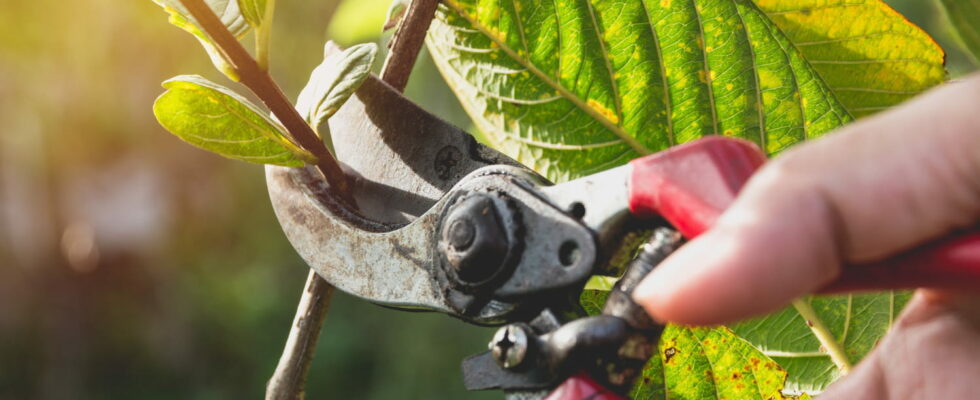It’s high time to prune your plants and shrubs this June! This is the best way to ensure good growth and have a beautiful flower garden this summer.
The month of June marks a crucial time for maintaining your garden. With the growing season in full swing, it is essential to know which plants and shrubs to prune to promote their health and beauty. Here is a list of seven plants to prune in June to ensure their optimal development.
Famous for its intoxicating scent, the lilac should be pruned as soon as its flowers fade in June. This pruning keeps the shrub healthy and stimulates vigorous growth. Remove dead wood and crossing stems to create a natural, airy shape. Take your time and inspect your work regularly for best results.
With its large, spectacular flowers, the magnolia requires pruning after its spring blooms. In June, prune lightly to remove dead or diseased branches. This gives the plant time to recover before the cold months.
Viburnum is prized for its fragrant, delicate flowers that bloom in spring. After flowering, usually around May or June, it is time for some light pruning. Removing dead, diseased or weak stems improves the health of the plant. For berry-producing varieties, leave spent flowers on site to ensure fruiting later in the year.
With its white flowers, the Saskatoon berry is an attractive shrub for birds and pollinators and is well suited to small gardens thanks to its compact size. Once flowering has finished in June, prune unwanted, dead or damaged branches. This helps stimulate vigorous new growth.
Renowned for its colorful flowers, weigela should be pruned immediately after flowering, around May or June. This pruning encourages abundant flowering the following year. Remove dead or diseased stems by cutting them off at the base.
The Montana clematis, this climbing plant with pink flowers, must be pruned after spring flowering. Remove tangled or woody stems, cutting just above a leaf node. If drastic pruning is necessary, take safety cuttings before cutting back severely to rejuvenate the plant.
With its vibrant spring flowers, berberis must be pruned after flowering. In June, cut back long, whippy stems and dead branches. Wear sturdy gardening gloves to avoid thorns. Alternating light and heavy pruning preserves flowering stems for berry production in the fall.
On the other hand, it is not recommended to prune rose bushes in late spring or during summer. It is best to wait until fall or winter, once the rose bush has returned to dormancy.
Pruning these plants in June encourages their healthy, vigorous growth. Use suitable tools, with sharp blades to avoid damaging the plant, prune carefully and respect the specificities of each variety, in particular the one-third rule: do not remove more than a third of a plant to avoid stress her out. A well-tended garden in June promises months of beauty and abundant flowering.
